Whether you’re new to photography, or you’ve been tinkering with cameras for a while, you have probably heard about lens filters, and if you haven’t, then our lens filter guide is exactly what you need. These small, yet incredibly powerful accessories can help you get better images in tricky lighting conditions in-camera, and that means that you will not have to spend countless hours in post trying to achieve the same effects. Filters even help protect the front element of your expensive lenses too. There are a few different types of filters that we can use to enhance our shots, and it can pay off in a big way if you know the difference between a graduated filter and a polarizer, and this is where our lens filter guide comes into play. In this lens filter guide, we will take a quick look at why you might want to use filters, the different types of lens filters, and what they will be able to do for you and your images.
There’s a lot to learn about filters, so make sure you bookmark our lens filter guide for easy access in the future. Let’s start at the beginning. What is a lens filter? A filter is a piece of glass that sits in front of your lens, and you attach it either screwing it into the threads (a circular filter) or by placing it in a holder that covers the front element (a square filter). A filter’s sole purpose is to filter out specific types and wavelengths of light or just light in general from hitting your camera’s sensor.
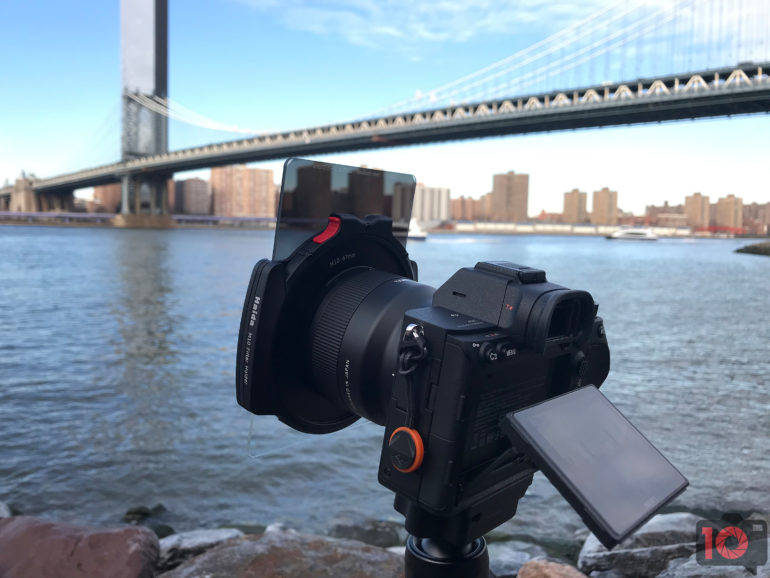
As mentioned above, there are many different types of filters on the market. They range from those that block UV light, to filters that can cut out sodium light that comes from street lights. There are also ND filters that act like a pair of sunglasses for your lenses, and graduated filters that help balance high contrast lighting situations. There are even more specialized filters, too, which can create a myriad of effects and that can distort light. All of this may sound complicated, but trust us, it’s really nothing to get worked up over. In this article, we will break down each specific type of filter and will link back to lots of articles that we have produced over the years that will explain exactly how each filter works. We will also share reviews with you that we have completed. Pull up a chair, grab a cup of your favorite beverage, and get ready to be educated about all things filter related.
UV Filters
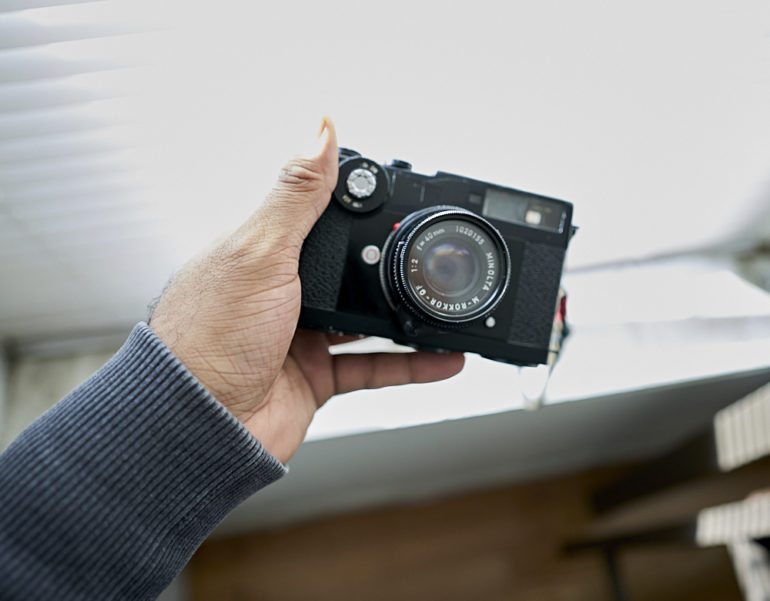
UV filters are perhaps the best-known type of filter. When film was still king, UV filters actually played a crucial role in photography. Some film was incredibly sensitive to UV light, and without one of these filters, it would not be uncommon for your images to be affected by a blue color cast. We all know that’s not good, what a waste of film and images.
In the digital age, this, of course, is no longer a problem, so why are UV filters still relevant? UV filters still play a role if you plan on taking photos at high altitudes (think mountain climbing), or by large bodies of water where UV rays are more prevalent. You’ll find that in these scenarios, your images may gain some clarity when you have a UV filter in place. UV filters are also a great way to protect the front element on your expensive lens. It doesn’t take a scientist to realize that it would be much better to scratch a filter instead of a lens. We have written about UV filters and their importance, and if you need to worry about UV filter image degradation, so be sure to check out both of these articles.
Polarizing Filters
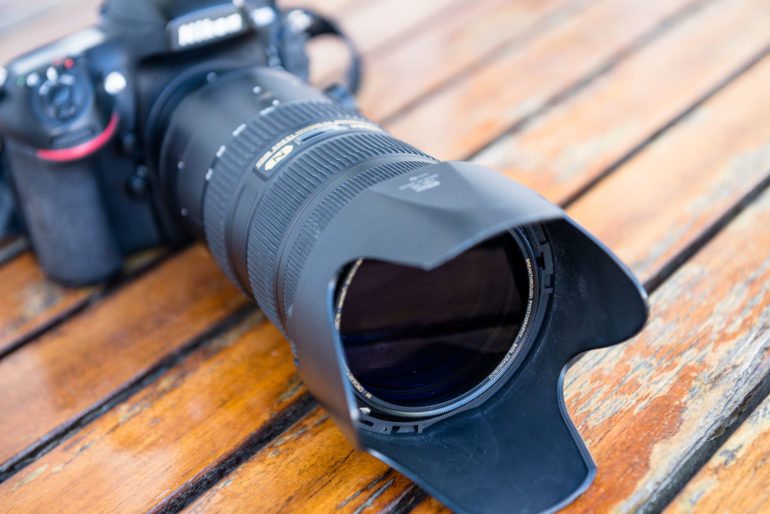
Polarizing filters are firm favorites with landscape photographers and those who shoot a lot near water or around metallic or other reflective surfaces. In recent times, they have also become very popular with portrait photographers, too, as they can make wrinkles and pores less visible. A polarizing filter will stop polarized light from hitting your sensor (or film). This will remove reflections and glare, while also making blues and greens in your scene much more saturated.

You can get polarizers in both circular and square formats, and as you would imagine, both are pretty easy to use. Circular filters screw them into the threads on your lens, and then, when you rotate the filter, you will be able to see the different effects it can have on your image. Square polarizers do the same job as circular polarizers with the only difference being that the square filters are fixed and cannot be rotated. Be sure to read our post on how to use these filters for portraits here.
ND Filters
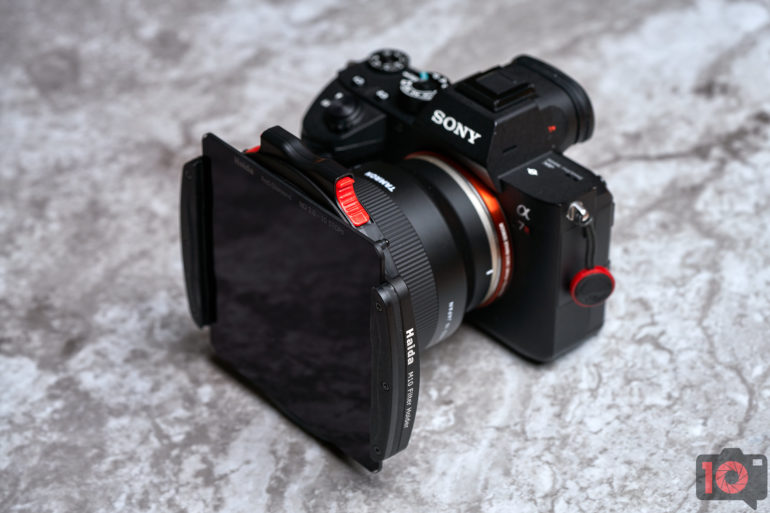
The best way to think of ND filters is to imagine that they are sunglasses for your lenses. ND filters are available with differing levels of strength that can range from stopping only a little bit of light to producing full-on blackouts. These types of lens filters are used mainly by landscape photographers who wish to create long exposures when shooting out in broad daylight.
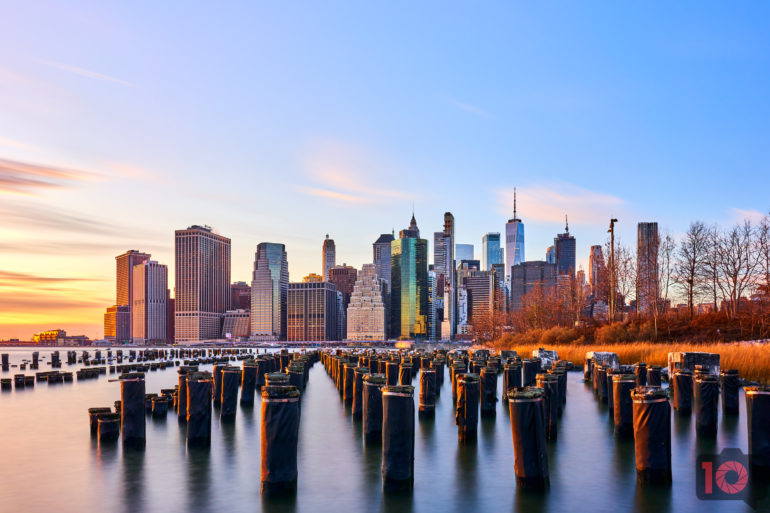
With an ND filter attached to your lens, you’ll be able to slow your shutter speed so that you can create gorgeous images of waterfalls with fluffy, white water, and you’ll be able to catch clouds streaking across the sky. Portrait photographers use them sometimes when they wish to create dynamic portraits of their subjects too. As with all filters, be sure you get one that’s made with quality glass; otherwise, you may experience color shifts in your images.
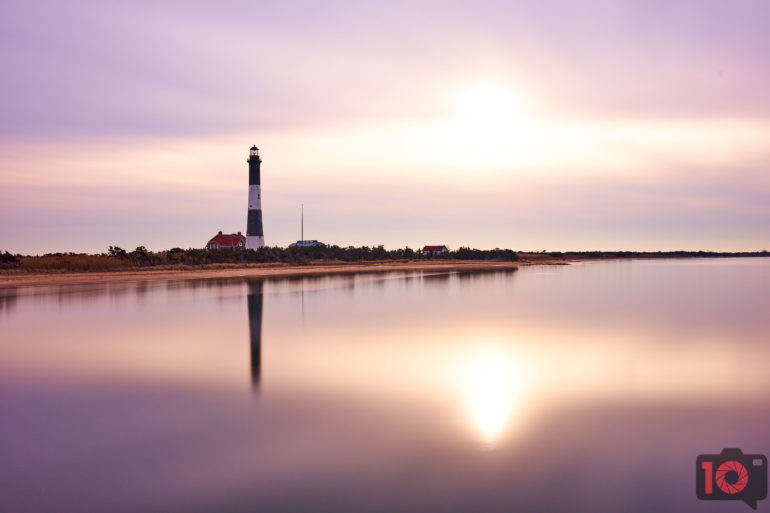
We recently reviewed the Haida Red Diamond 10-Stop 100x100mm ND filter and were blown away with the images we were able to create. Best of all, there was no color cast in any of the images. Like many other filters, you can get both screw-in type and square type ND filters. Just be sure you get quality filters like the ones from Haida, or you’ll be dealing with poor images. Be sure to check out our articles on How ND Filters Work, and How to Get Perfect Exposures with Solid ND Filters.
Graduated Filters
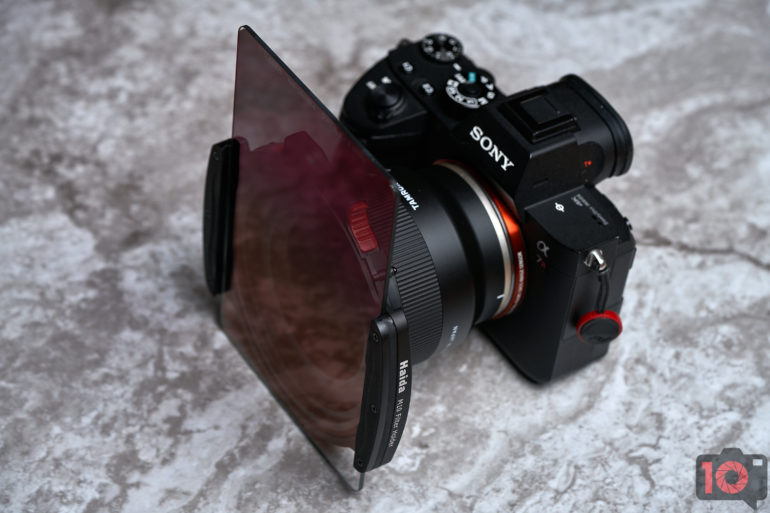
Graduated filters can be lifesavers when it comes to working with scenes where there is a considerable contrast situation. Have you ever wanted to take the perfect landscape shot but either had to expose for the sky and lost foreground details, or exposed for the foreground and blew out the sky? We all have, but that’s where graduated filters come in to play.
Graduated filters will allow you to darken bright skies in your images so that the exposure is balanced between the sky and the foreground. Sure, you can achieve this to some degree during post with Lightroom, Capture One, or Photoshop, but there is nothing like getting it right in camera. For landscape photographers, graduated filters are an absolute must-have. You can even get them in different colors for some pretty cool effects. The only limit is your imagination.
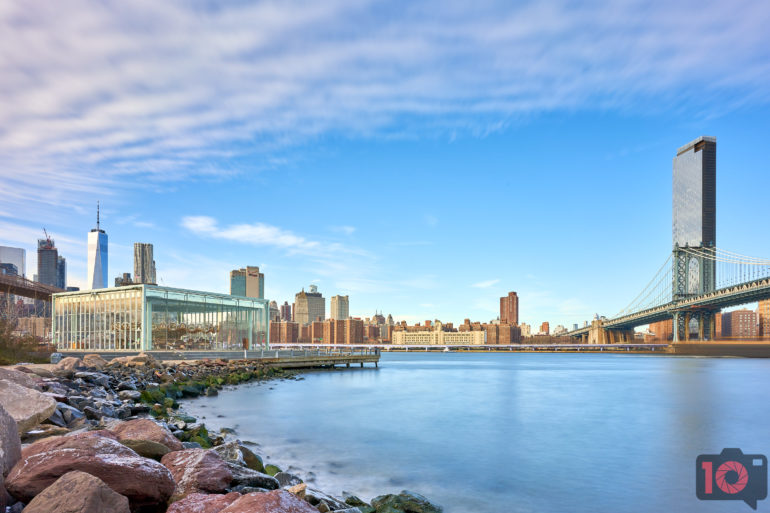
As with all filters, you want to make sure you get filters that use the highest quality glass and coatings, or they will harm your images. We’re talking everything from color casts, to images that lose their sharpness. We recently reviewed the Haida Red-Diamond 3 Stop Soft-Edge Graduated ND Filter in conjunction with the Haida M10 Filter System Holder, and we can honestly say that it is one of the best filters we’ve used to date. Be sure to check our lens filter guide article about The Differences Between Graduated and ND filters so that you can get a better understanding of what each system can do, and then make a decision on which type of filters are best for your needs.
Specialty Filters
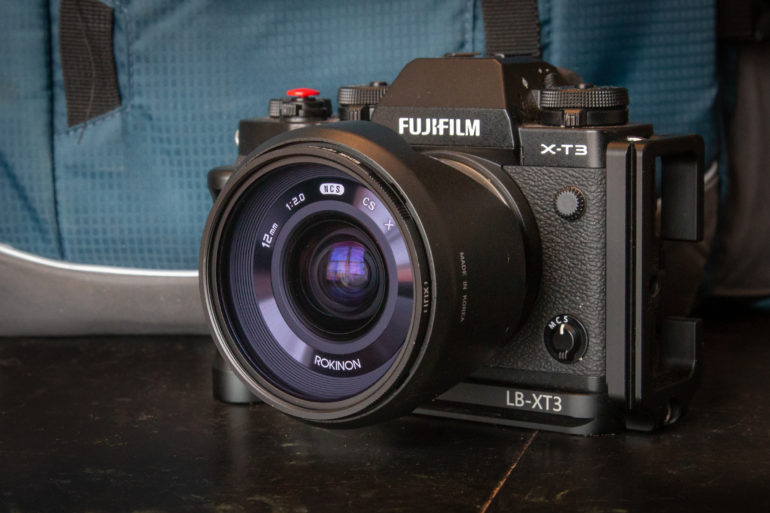
There are quite a few different types of specialty filters on the market, but the three listed below are perhaps the most common. If you plan on shooting at night, if you want to do everything you can to make sure that the colors your camera captures are perfect before you ever get to post, or if you want to have fun distorting light, check out the filters below.
Light Pollution Filters
Light pollution filters are a little more specialized than others on this list. These lens filters are popular with photographers who practice astrophotography and other types of night time photography. They can cut out the damaging color cast seen in the night skies of cities around the world by stopping the wavelength of Sodium based lamps from reaching your camera’s sensor.
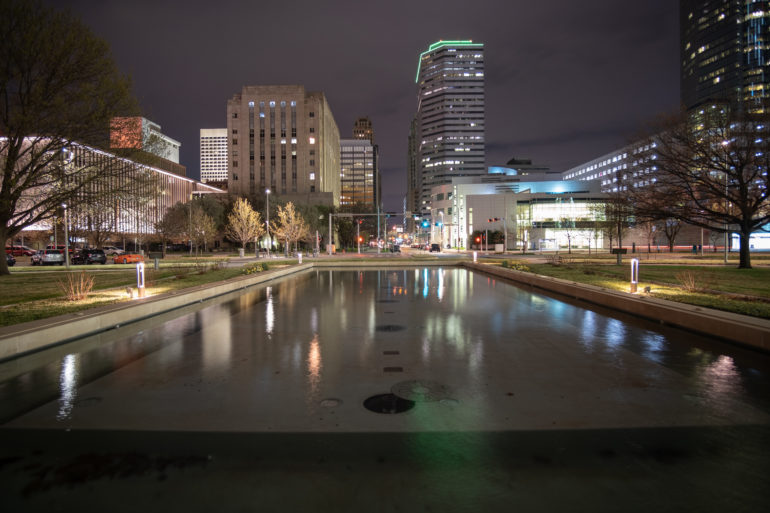
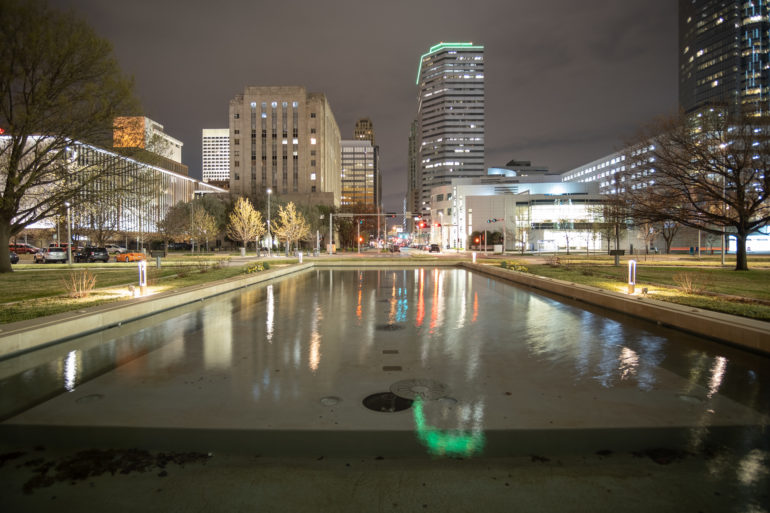
With a light pollution filter in place, the yellow color cast associated with Sodium lamps will be removed from your images. We absolutely loved how effective the IRIX Light Pollution filter was when we got to test it. We found that whether you’re shooting in the city, or are out in the country shooting the Milky Way, the lens filter had a favorable effect on our images. Check them out here
Warming and Color Correcting Filters
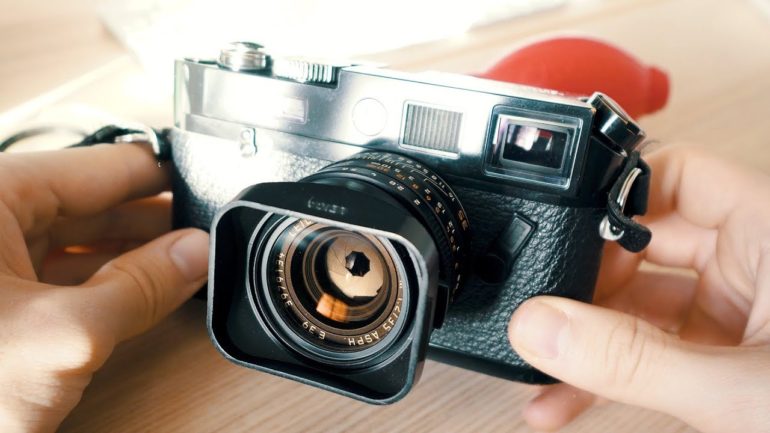
Color shift/correction and warming lens filters are used to enhance the overall color punch in images, or even correct the colors before the pictures make their way to post-processing. Warming filters are capable of adding a gorgeous, soft sun-like glow to your photographs.
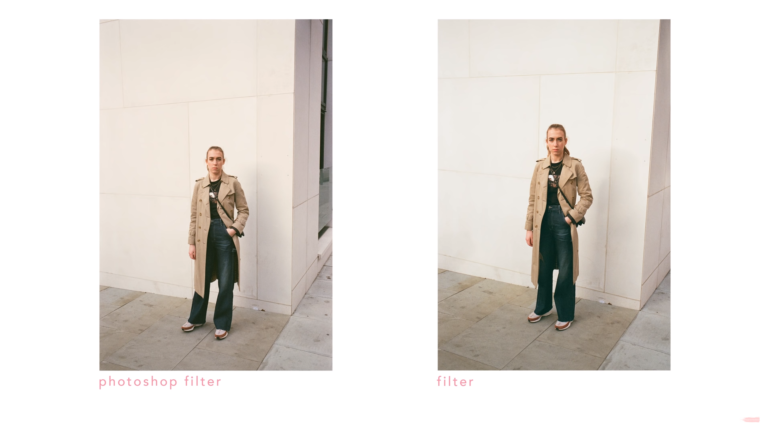
As with all filters, the whole point of these lens filters is to get colors correct in the camera. Having to play with colors during post is a pain, so if you can be one step ahead, then you’re on your way. There is a fantastic video that shows the effects of using a warming filter that you can check out here.
Creative Filters
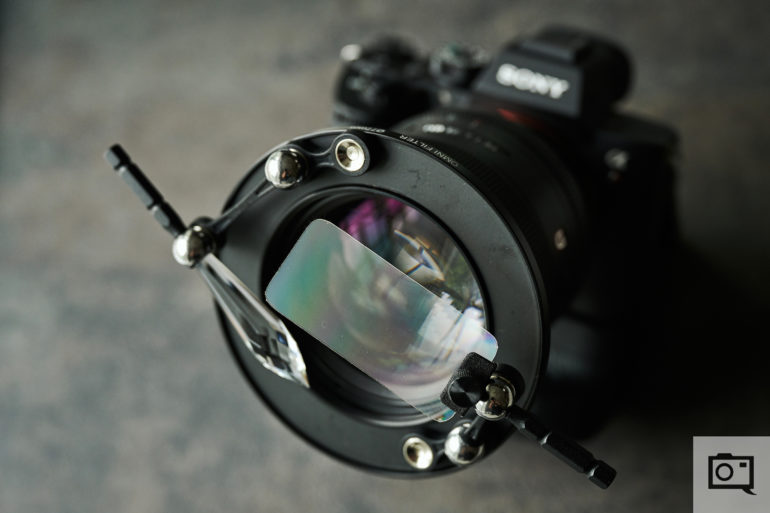
Photography is all about having fun, and honestly, there is nothing that’s more fun than playing with light. Filter systems like the one pictured above from Lensbaby will allow you to distort light in many different ways. Their unique system allows you to attach different types of filters to the front of your lens so that you can create all kinds of special effects.
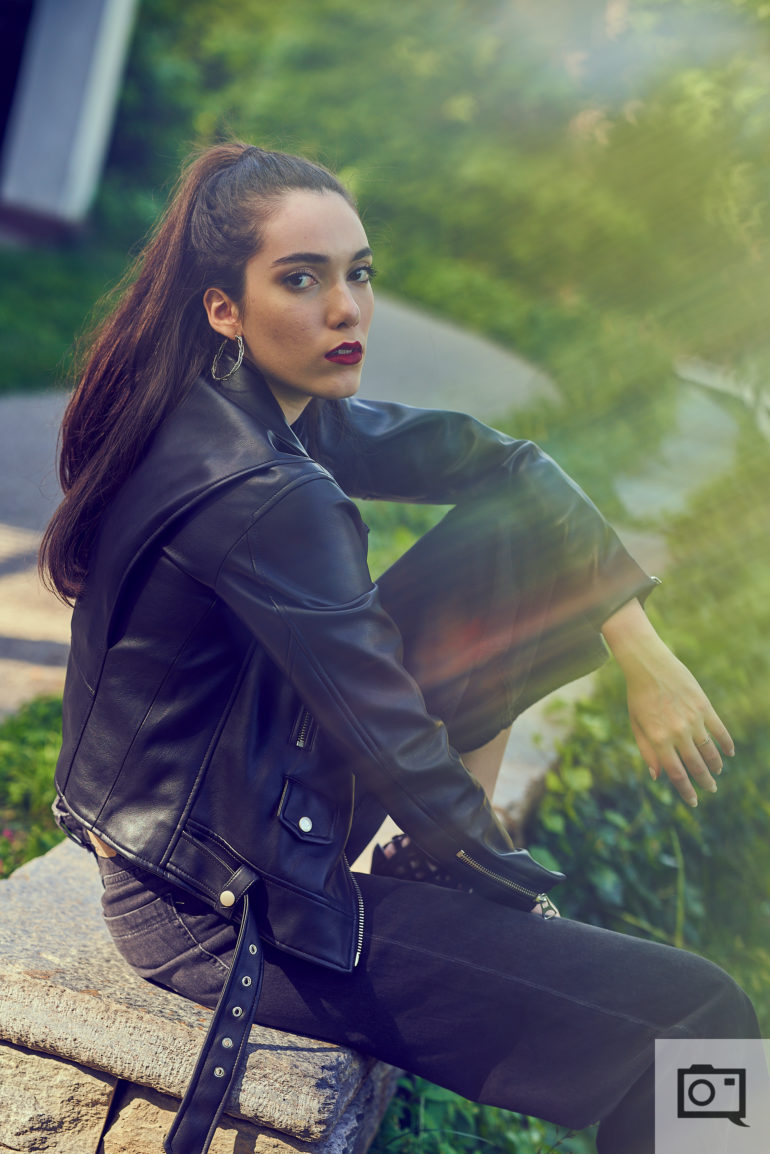
As you can see, the Lensbaby Omni Creative Filter System allows you to create in-camera light leaks and tons of other effects. If you want to use filters to give you a creative edge when it comes to portraits, this is a system you should take a closer look at.
We hope that this lens filter guide has helped answer many of the questions that you have about the most common types of lens filters. We would also like to show you that we have many more articles and guides in regards to filters. Be sure to check out How to Avoid Common Lens Filter Issues, this Quick Neutral Density Filter Chart, a guide on Color Filters For Break and White Photography, and this Quick Lens Filter Guide Cheat Sheet. Don’t be afraid of filters. Grab some, embrace them, use them, and soon you’ll be creating works of art with them.

